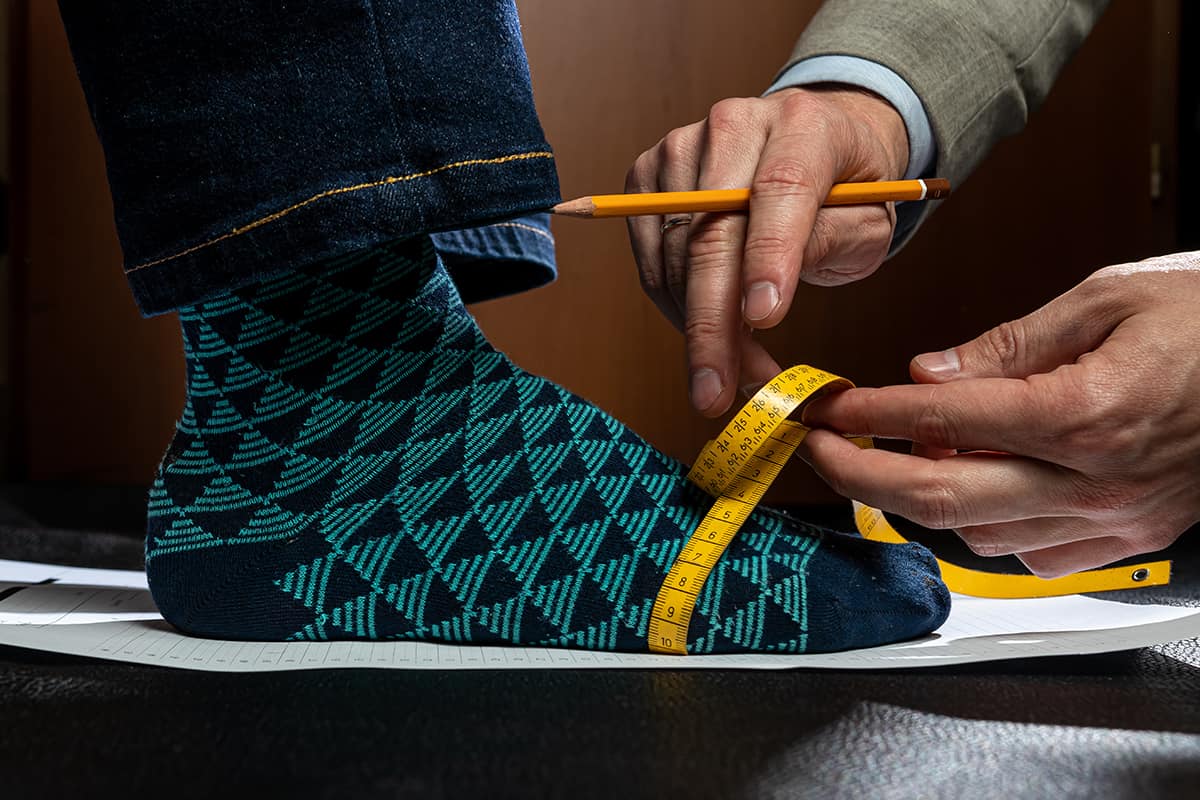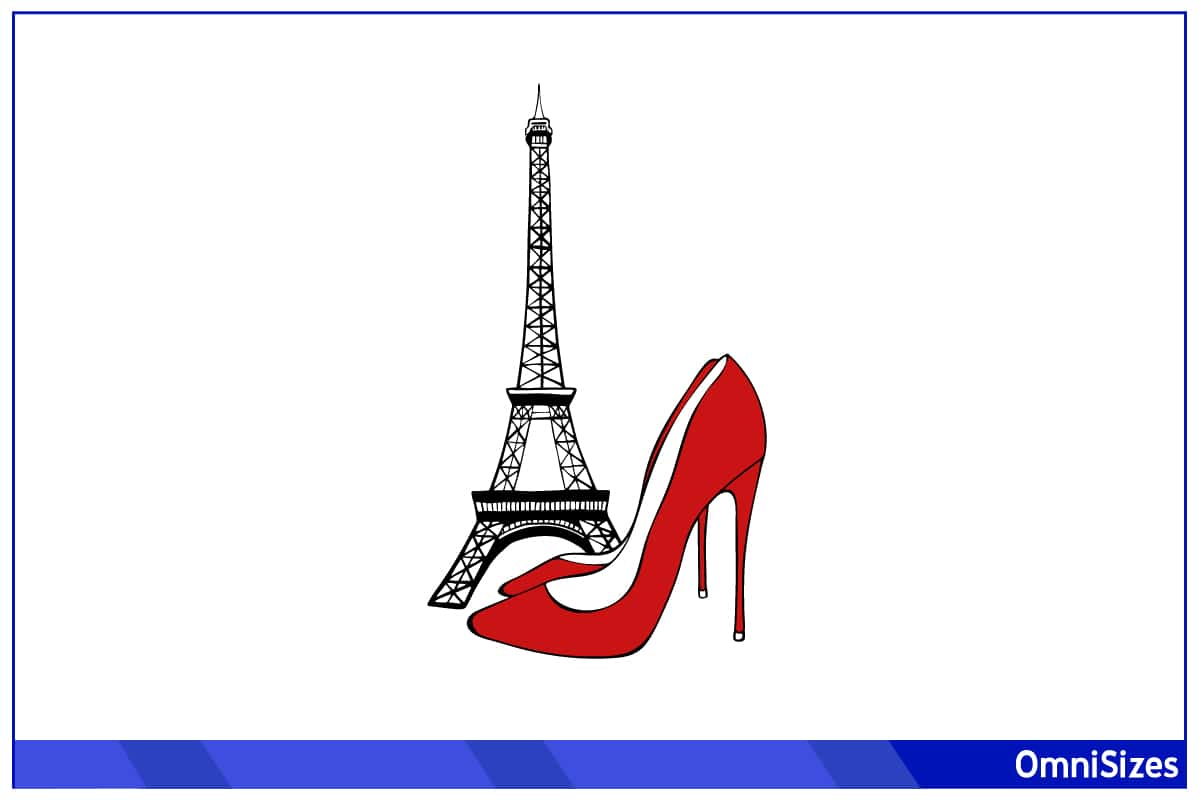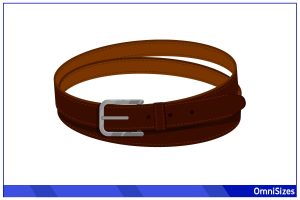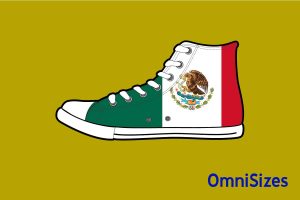Have you ever purchased shoes online, only to end up with a pair that is too big or too small? Well, you’re certainly not alone in this, which is why it’s worth knowing different country’s shoe sizes. If you’re on the hunt for the perfect French shoe sizes, you’re in luck.
This guide will cover everything related to French shoe sizes. In addition to providing handy size charts, it will compare French shoe sizes to other country’s sizing standards.
Men’s French Shoe Size Chart
| French Shoe Size | Foot Length (inches) | Foot Length (cm) |
| 41 | 9.25 | 23.5 |
| 42 | 9.63 | 24.46 |
| 43 | 9.94 | 25.25 |
| 44 | 10.25 | 26.04 |
| 45 | 10.56 | 26.82 |
| 46 | 10.75 | 27.31 |
| 47 | 11.25 | 28.58 |
Women’s French Shoe Size Chart
| French Shoe Size | Foot Length (inches) | Foot Length (cm) |
| 36 | 8.56 | 21.74 |
| 37 | 8.88 | 22.56 |
| 38 | 9.25 | 23.5 |
| 39 | 9.5 | 24.13 |
| 40 | 9.88 | 25.08 |
| 41 | 10.19 | 25.88 |
| 42 | 10.5 | 26.67 |
Children’s French Shoe Size Chart
| French Size | Foot Length (inches) | Foot Length (cm) |
| 18 | 4.00 to 4.13 | 10.16 to 10.49 |
| 19 | 4.25 to 4.50 | 10.80 to 11.43 |
| 20 | 4.63 to 4.75 | 11.76 to 12.07 |
| 21 | 5 | 12.7 |
| 22 | 5.13 to 5.25 | 13.03 to 13.34 |
| 23 | 5.50 to 5.63 | 13.97 to 14.29 |
| 24 | 5.75 | 14.61 |
| 25 | 6.00 to 6.13 | 15.24 to 15.57 |
| 26 | 6.25 | 15.88 |
| 27 | 6.50 to 6.63 | 16.51 to 16.83 |
| 28 | 6.75 | 17.15 |
| 29 | 7 | 17.78 |
| 30 | 7.13 to 7.25 | 18.10 to 18.42 |
| 31 | 7.50 to 7.63 | 19.05 to 19.37 |
| 32 | 7.75 | 19.69 |
| 33 | 8.00 to 8.13 | 20.32 to 20.65 |
| 34 | 8.25 to 8.50 | 20.96 to 21.59 |
French Shoe Sizes vs. Other Countries
Even though France is a part of the EU, that doesn’t necessarily mean that all countries in the Union follow the same sizing standard. In fact, across different borders, you’ll find different numbers or letters that represent the same shoe length.
French to EU Shoe Size Conversion
Even though French and EU shoe sizes are based on centimeters, the jump from one size to the next can appear random at first. Here’s a brief table to help you figure out French shoe sizes and their EU equivalents.
| French | EU | Centimeters |
| 37.5 | 35 | 22 to 22.7 |
| 38.5 | 36 | 22.7 to 23.3 |
| 39 | 37 | 23.3 to 24 |
| 41 | 38 | 24 to 24.7 |
| 42 | 39 | 24.7 to 25.3 |
| 42.5 | 40 | 25.3 to 26 |
| 43 | 41 | 26 to 26.7 |
| 43.5 | 42 | 26.7 to 27.3 |
| 44 | 43 | 27.3 to 28 |
| 44.5 | 44 | 28 to 28.7 |
French to UK Shoe Size Conversion
The UK is a completely different beast altogether. UK shoe sizes start with a smaller number, unlike French and EU shoe sizes that start in the double digits (for adults). Here’s a quick conversion chart to help you convert UK to French shoe sizes and vice versa.
| French | UK | Centimeters |
| 37.5 | 2.5 | 22 to 22.7 |
| 38.5 | 3 to 3.5 | 22.7 to 23.3 |
| 39 | 4 to 4.5 | 23.3 to 24 |
| 41 | 4.5 to 5 | 24 to 24.7 |
| 42 | 5.5 to 6 | 24.7 to 25.3 |
| 42.5 | 6.5 | 25.3 to 26 |
| 43 | 7 to 7.5 | 26 to 26.7 |
| 43.5 | 8 to 8.5 | 26.7 to 27.3 |
| 44 | 8.5 to 9 | 27.3 to 28 |
| 44.5 | 9.5 to 10 | 28 to 28.7 |
French Shoe Sizes vs. American Shoe Sizes
For those living in the US and dealing with the Standard Imperial system, you’ll most likely want to know what your US shoe size translates to in French. Here’s a chart to help you with this (and in inches, too!).
| French | US | Inches |
| 37.5 | 4.5 to 5 | 8.66 to 8.94 |
| 38.5 | 5 to 5.5 | 8.94 to 9.17 |
| 39 | 6 to 6.5 | 9.17 to 9.45 |
| 41 | 7 | 9.45 to 9.72 |
| 42 | 7.5 to 8 | 9.72 to 9.96 |
| 42.5 | 8.5 | 9.96 to 10.24 |
| 43 | 9 to 9.5 | 10.24 to 10.51 |
| 43.5 | 10 to 10.5 | 10.51 to 10.75 |
| 44 | 10.5 to 11 | 10.75 to 11.02 |
| 44.5 | 11.5 to 12 | 11.02 to 11.30 |
Size Differences Between Brands
In the world of French shoe sizing, there’s a common ground most brands start from. This standard is pretty consistent, especially when compared to international sizes.
Brands like Longchamp, Louboutin, or Chanel might slightly deviate from the standard French sizes. These variations could be due to design, shoe style, or even the brand’s historical sizing charts.
How to Measure Your Feet for the Perfect Shoe Size

The first thing you should know before purchasing shoes online is your shoe size. So, how do you do that? You could get a Brannock device, but if you don’t have one, here’s a simple guide for measuring your feet for the perfect shoe size.
What You’ll Need
- White paper
- Pen or pencil
- Ruler or measuring tape
- Socks (the type you usually wear with shoes)
1. Prepare Your Space
Lay a sheet of white paper on a flat surface near a wall. Ensure the area is well-lit. Wear the socks you typically use with shoes for an accurate measurement.
2. Trace Your Foot
Place your foot firmly on the paper with your heel against the wall. Keep your foot flat and distribute your weight evenly. Trace around your foot with a pen or pencil, holding it upright for precision.
3. Measure Length
Using a ruler or measuring tape, measure the distance from the bottom of the heel to the tip of the longest toe. Record this measurement in centimeters or inches.
4. Measure Width
Measure the widest part of your foot, which is usually across the ball of the foot. Note this measurement as well.
5. Determine Your Size
Compare your measurements with the shoe size chart provided above or from a shoe seller. Remember, sizes can vary between brands, so use this as a general guide.
What to Do When Your Foot Doesn’t Fit a Specific Shoe Size
Since every foot is unique, there’s probably a good chance that the length of your foot falls in between shoe sizes. In such a case, it’s almost always better to go bigger than smaller. For instance, if your foot falls between size 37 and 38, it’s safer to go with size 38. After all, having a fraction of an inch of empty space in your shoe is much better than curling your toes to force them into smaller shoes.






